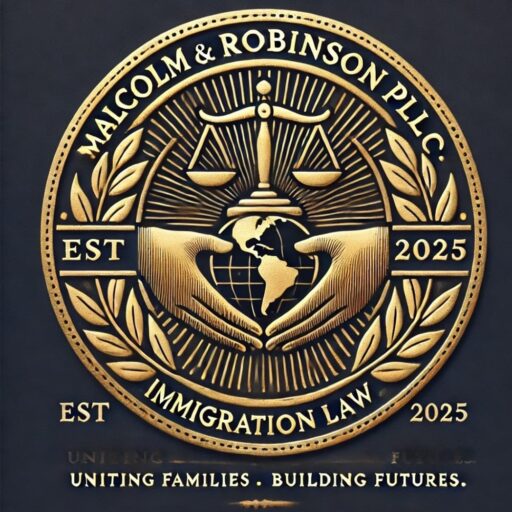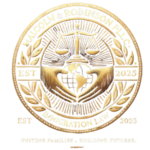Bringing your loved ones to the United States is a life-changing opportunity, but the immigration process can feel overwhelming. Family-based immigration allows U.S. citizens and lawful permanent residents (LPRs) to sponsor relatives for a green card, reuniting families under legal and secure pathways. This guide walks you through each step of the sponsorship process.
Step 1: Determine Eligibility
Before starting the immigration process, it’s essential to know which family members you can sponsor.
- U.S. citizens can petition for spouses, children (married and unmarried), parents, and siblings.
- Lawful permanent residents (green card holders) can only petition for spouses and unmarried children.
Each category has different waiting times and visa availability based on U.S. immigration laws.
Step 2: File Form I-130 (Petition for Alien Relative)
The first official step in family-based immigration is filing Form I-130, Petition for Alien Relative, with the U.S. Citizenship and Immigration Services (USCIS). This form establishes the relationship between the petitioner (sponsor) and the beneficiary (family member).
Documents Required:
- Proof of U.S. citizenship or permanent residency (passport, birth certificate, or green card)
- Proof of relationship (marriage certificate, birth certificate, or adoption papers)
- Supporting documents like proof of a bona fide marriage (if sponsoring a spouse)
Once filed, USCIS reviews the petition, and processing times vary depending on the type of relationship and visa availability.
Step 3: Wait for Approval and Visa Availability
If USCIS approves the I-130 petition, the case moves forward, but the timeline depends on the visa category:
- Immediate Relatives (spouses, unmarried children under 21, and parents of U.S. citizens) have visas available immediately.
- Family Preference Categories (siblings of U.S. citizens, spouses, and children of LPRs, etc.) may have longer wait times due to annual visa limits.
You can check visa bulletin updates on the U.S. Department of State website to track availability.
Step 4: Consular Processing or Adjustment of Status
The next step depends on whether the beneficiary is inside or outside the U.S.:
- If the family member is outside the U.S.: They must go through consular processing, attending an interview at a U.S. embassy or consulate in their home country.
- If the family member is in the U.S.: They may apply for Adjustment of Status (Form I-485) to get a green card without leaving the country.
Step 5: Attend the Interview
During the immigration interview, the officer will verify the applicant’s eligibility and review documents. The beneficiary must demonstrate a genuine relationship with the petitioner and meet all requirements. Spouses must provide additional proof of a bona fide marriage.
Step 6: Receive a Green Card
If approved, the family member will receive a visa (if applying abroad) or a green card (if adjusting status in the U.S.). This grants them legal permanent residency, allowing them to live and work in the U.S.
Family-based immigration is a complex process that requires patience and careful preparation. At Malcolm & Robinson Immigration Law, we guide families through every step, ensuring a smooth and stress-free experience. If you need assistance with your petition, let us help you reunite with your loved ones.
📞 Contact us today to get started!




